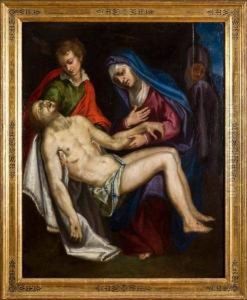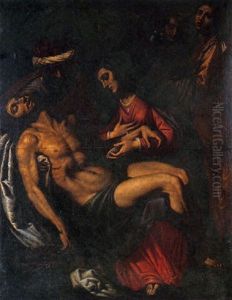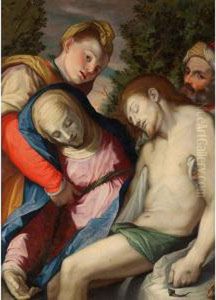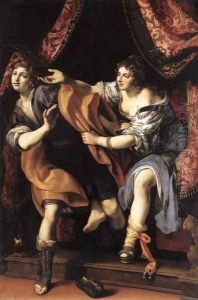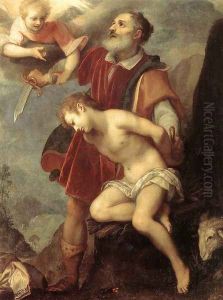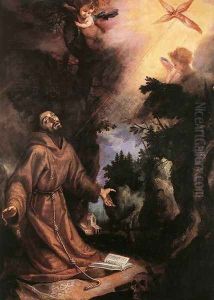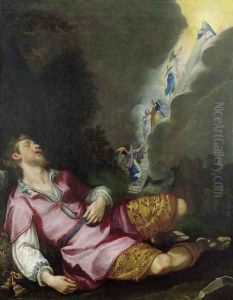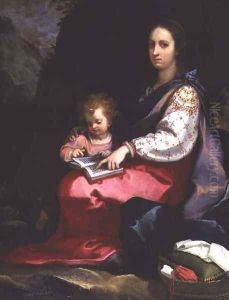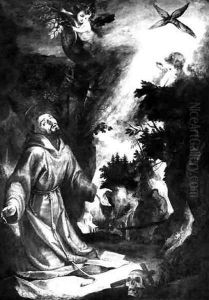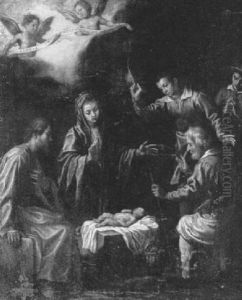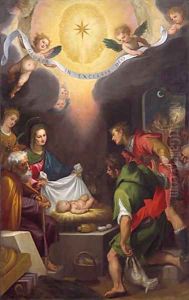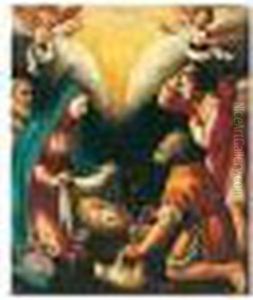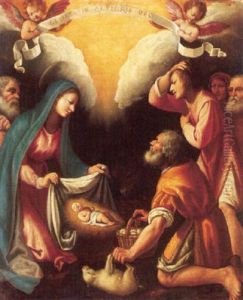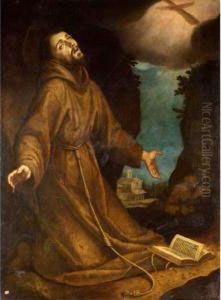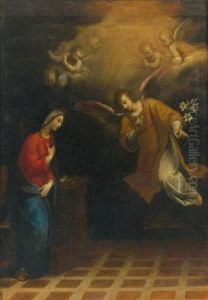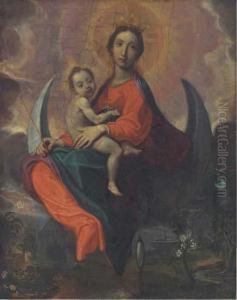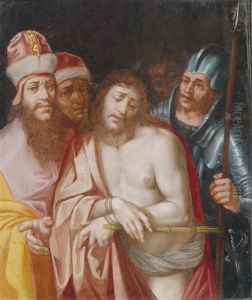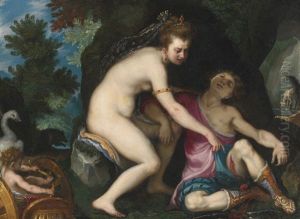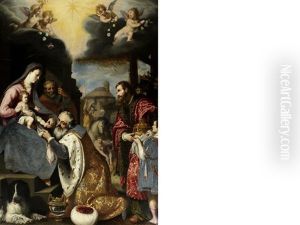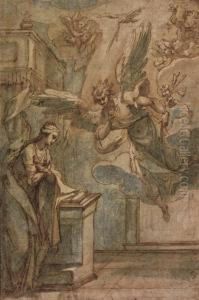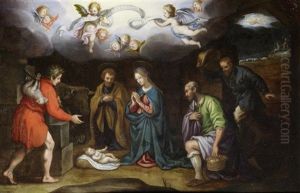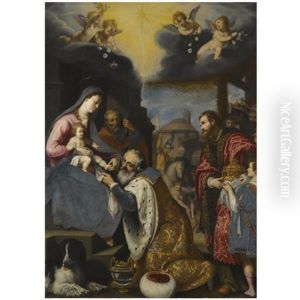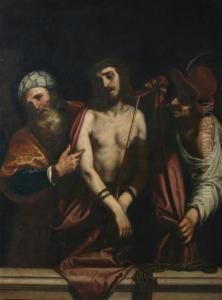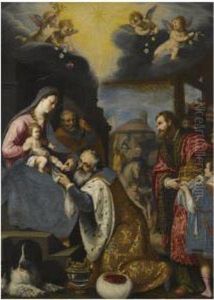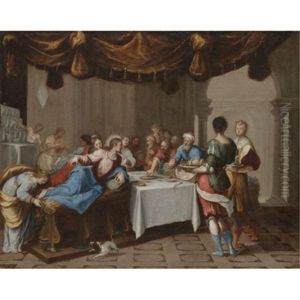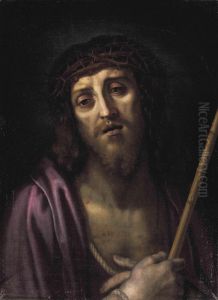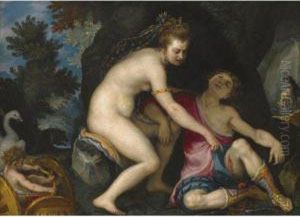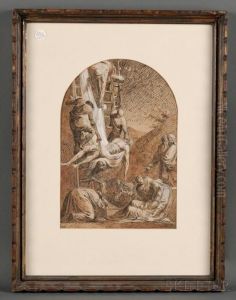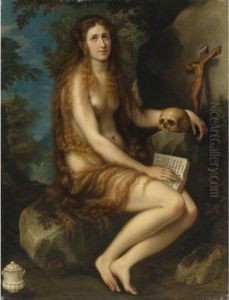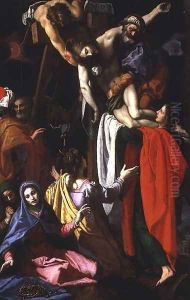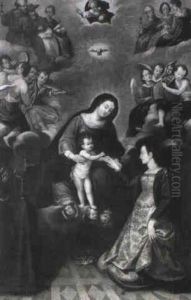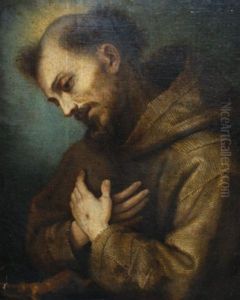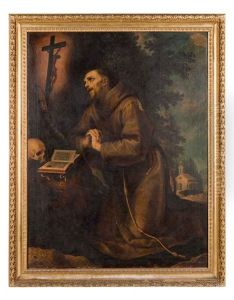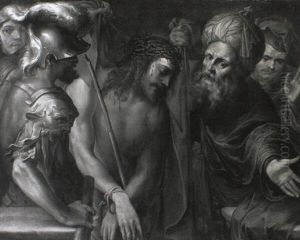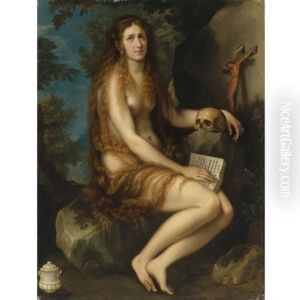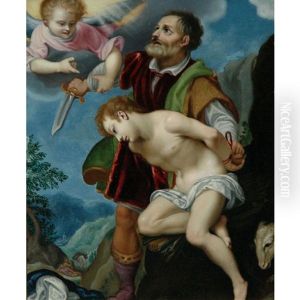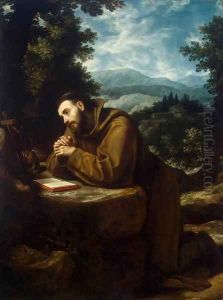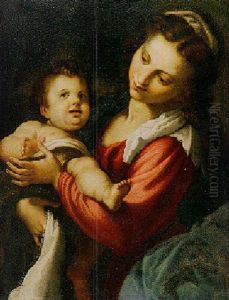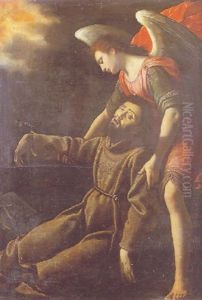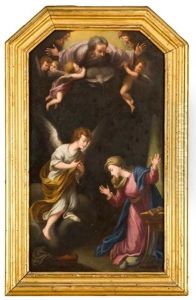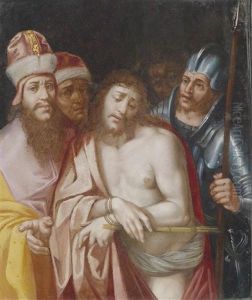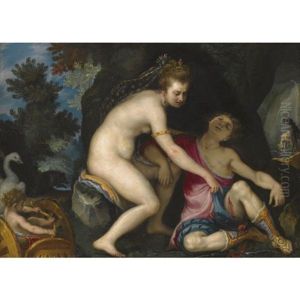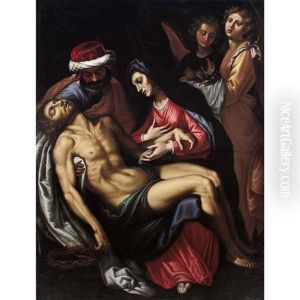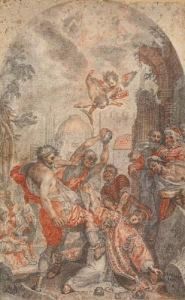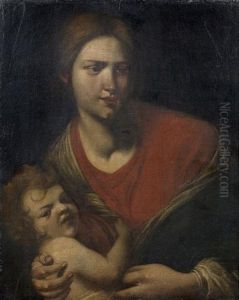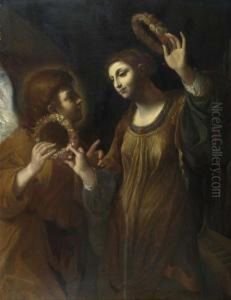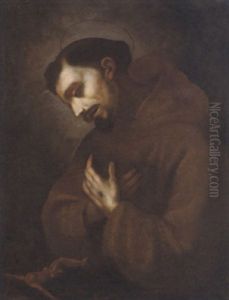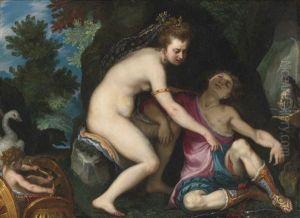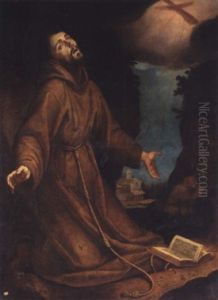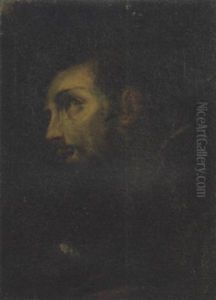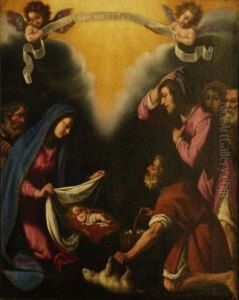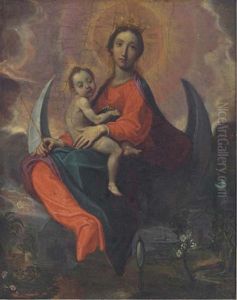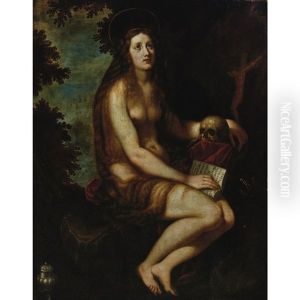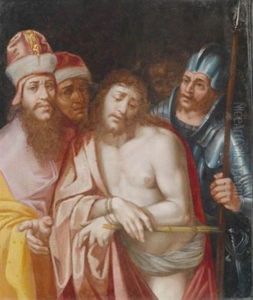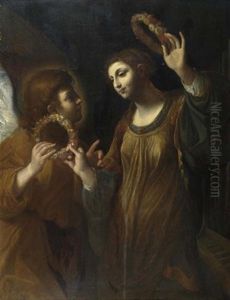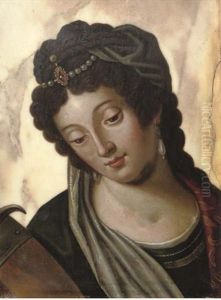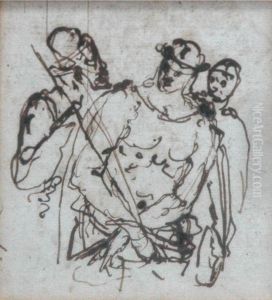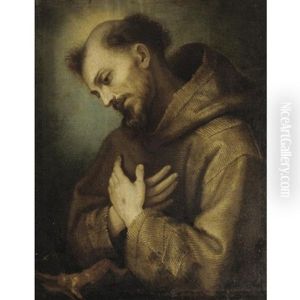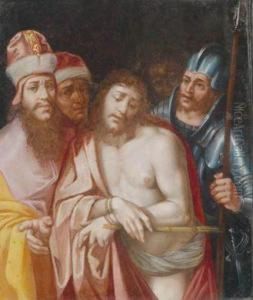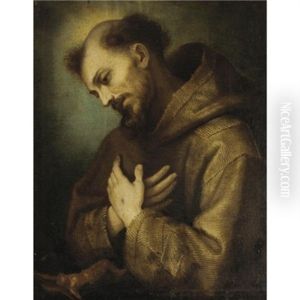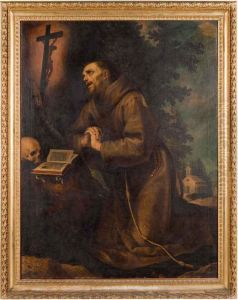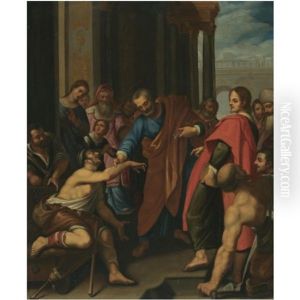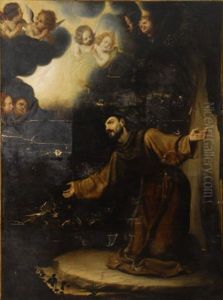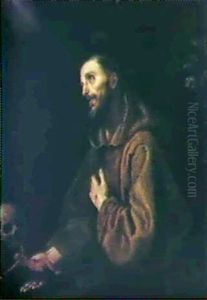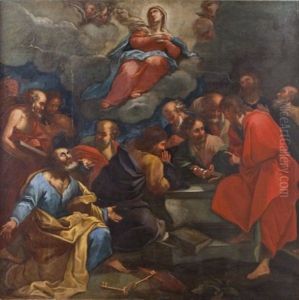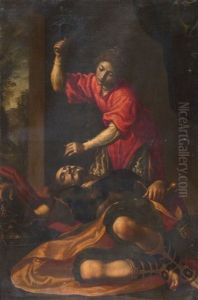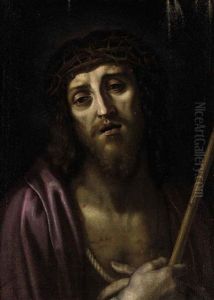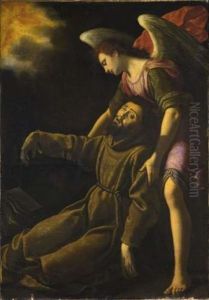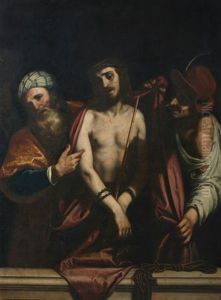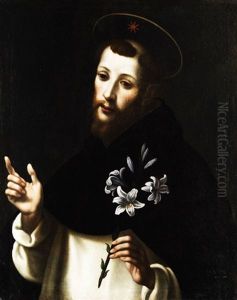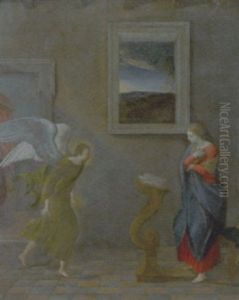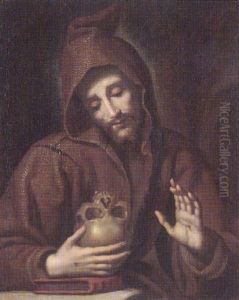Lodovico Cardi Cigoli Paintings
Lodovico Cardi, also known as Cigoli, was an Italian painter and architect who was born on September 21, 1559, in Villa Castelvecchio di Cigoli, and died on June 18, 1613, in Rome. He is often recognized as one of the transitional figures bridging the artistic styles of the Renaissance and the Baroque periods. Cigoli was influential in moving away from the Mannerist style that dominated the late Renaissance towards a more naturalistic approach that would be fully developed during the Baroque era.
Cigoli's early training was in his native Tuscany, under the guidance of Alessandro Allori. He later moved to Rome, where he became part of the circle of artists around the influential Cardinal Ferdinando I de' Medici. His style was also heavily influenced by the work of his contemporaries, especially the naturalism of Caravaggio and the dynamic compositions of Annibale Carracci. Cigoli's own work often reflects a blend of these influences, combining lifelike detail and a sense of movement with a more classical composition.
One of Cigoli's most notable works is the fresco of the 'Ecstasy of St. Francis' in the dome of the Pauline Chapel in Santa Maria Maggiore, Rome. This fresco is considered a masterpiece of Baroque ceiling painting and shows the saint lifted into the air by angels, a subject that perfectly suited the emerging dramatic sensibilities of the Baroque style.
In addition to his painting, Cigoli was also an accomplished architect, although less is known about his architectural works. He was made a member of the prestigious Accademia di San Luca and served as an important mentor to a number of younger artists who would go on to become significant figures in the Baroque movement.
Cigoli was a prolific artist, and his works include not only religious compositions but also portraits and mythological subjects. He was skilled in the use of chiaroscuro, the technique of using strong contrasts between light and dark to give the illusion of depth and volume. His paintings can be found in various churches and galleries across Italy, particularly in Florence, Pisa, and Rome, where his legacy continues to be appreciated by art historians and enthusiasts alike.
Cigoli's death in Rome in 1613 marked the end of his contribution to the evolving world of Italian art, but his influence carried on through his works and his students. His approach to painting, which sought to harmonize the grandeur of the Renaissance with the emerging vitality of Baroque art, made him a pivotal figure in the transition between these two great epochs of art history.
